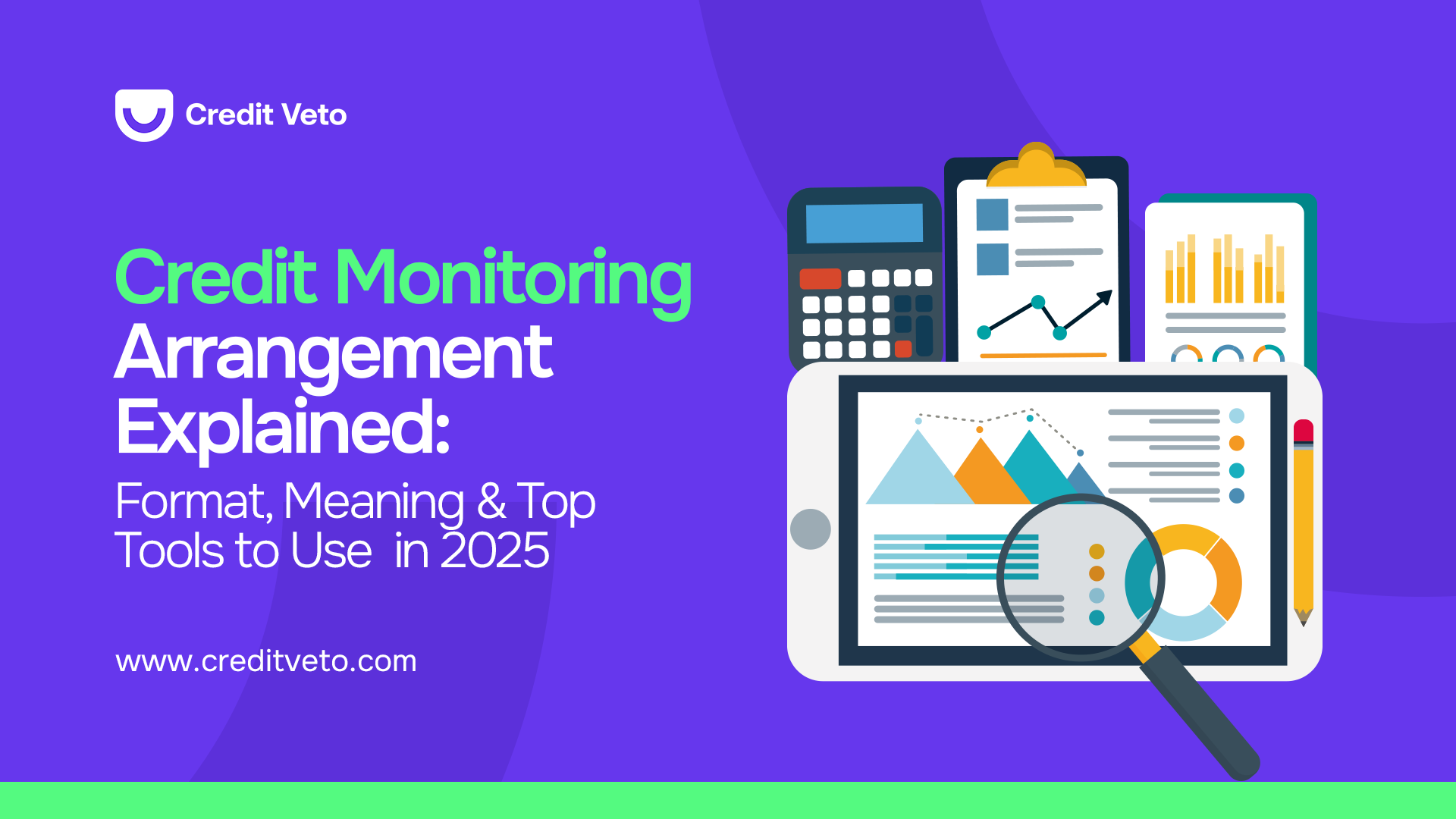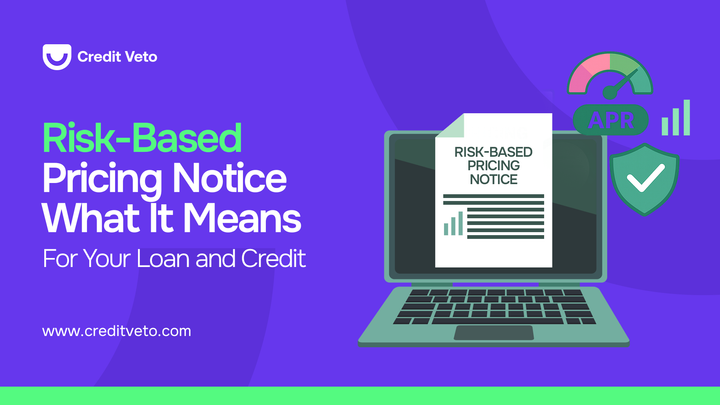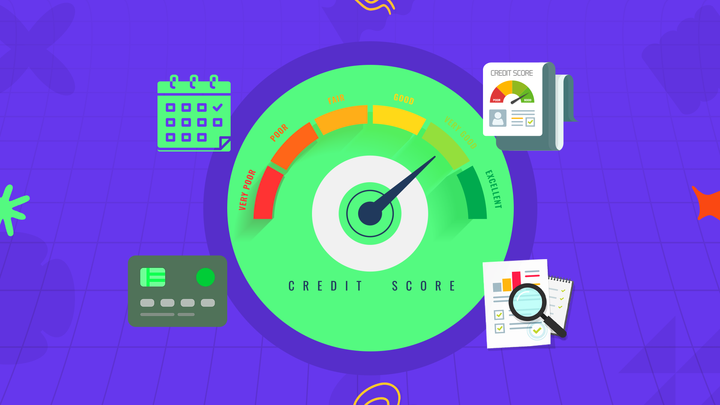Credit Monitoring Arrangement Explained: Format, Meaning & Top 6 Tools to Use in 2025
Learn what a credit monitoring arrangement is, the correct format, and the 6 best tools for 2025. Protect your credit score and catch fraud early.

In 2025 and beyond, credit fraud is becoming more advanced than ever. From AI-generated identity theft to sophisticated phishing scams, your financial data is always at risk. This is why setting up a credit monitoring arrangement is no longer optional; it’s a financial safety net.
Whether you’re a consumer, entrepreneur, or credit repair specialist, staying on top of your credit profile helps you prevent damage before it spirals. But many people don’t understand how credit monitoring works, what a credit monitoring arrangement even means, or how to set it up correctly.
This blog breaks it all down in simple terms, from the meaning and format to the best tools you can use in 2025.
Credit Monitoring Arrangement Meaning
A credit monitoring arrangement is a structured system that keeps track of your credit report activity across one or more bureaus. It alerts you when something significant changes, like a hard inquiry, new account, missed payment, or suspicious activity.
In plain terms, it’s your credit’s early warning system.
This arrangement can be informal (like checking your report manually every few weeks) or formal (using advanced credit monitoring tools like Credit Veto CreditSecure or OnAlert Credit Monitoring).
Many financial institutions and credit repair agencies also set up formal monitoring agreements for clients as part of risk management, lending, or credit repair processes.
So when you hear the term credit monitoring arrangement, think: “a smart, proactive setup for watching your credit back.” Got it?
Credit Monitoring Arrangement Format Explained (Expanded)
The credit monitoring arrangement format acts as a framework for tracking credit activity, spotting red flags early, and taking timely action. Whether you’re setting it up for yourself, a client, or within a credit repair CRM, understanding the structure makes the process smoother and more effective.
1. Consent and Authorization
Before anything else, legal access to credit data must be granted. This is often done through a signed authorization form that allows the service provider to pull reports from one, two, or all three major credit bureaus: Experian, Equifax, and TransUnion. Without this, monitoring can’t legally begin.
2. Monitoring Schedule
You define how often credit data is reviewed. For casual users, monthly scans may be enough. But for professionals and high-risk cases, daily or weekly monitoring offers quicker detection of identity theft or score-impacting changes. The schedule should match the client’s risk profile and goals.
3. Alert Triggers
This is where you personalize the system. You can set alerts for hard inquiries, new tradelines, missed payments, changes in utilization, or significant credit score shifts. These triggers allow for immediate action instead of waiting until damage has been done.
4. Notification Method
Depending on the provider or CRM tool in use, alerts can be sent through SMS, email, or push notifications. Some platforms even allow clients to select their preferred method so they stay engaged with their own progress.
5. Action Protocols
What happens after you receive an alert? This step outlines your next moves. That could include checking for errors, initiating a dispute, advising the client, or freezing credit in the case of fraud. With platforms like Credit Veto, these actions can often be automated or templated for faster response.
Pro Tip: Professional Documentation Tools
In agency settings, especially where compliance and client reporting matter, these monitoring activities are often organized using tools like Cloud CMA reports or integrated dashboards. These allow credit professionals to generate clean, trackable reports that show clients what was flagged, when, and how it was addressed. This builds trust and positions your service as transparent and results-oriented.
Benefits of a Credit Monitoring Arrangement
Still wondering if you need one? Here are five strong reasons why a credit monitoring arrangement is worth considering in 2025:
- Instant Alerts for Suspicious ActivityYou’ll be notified within minutes if someone tries to open a new account in your name or make unauthorized changes to your report.
- Score Tracking for Big GoalsWhether you’re preparing for a mortgage, car loan, or credit increase, credit monitoring helps you stay ahead by watching for key shifts in your score.
- Early Dispute OpportunitiesSpotting errors early gives you a better chance to fix them before they impact your financial plans or loan applications.
- Peace of MindInstead of manually checking your report every week, a monitoring tool does the job for you, quietly working in the background so you don’t have to worry.
- Compliance and DocumentationFor credit repair professionals, having a system that logs alerts and actions helps you maintain clean, compliant workflows. It also keeps clients informed and builds trust.
Whether you’re repairing your own credit or helping others, a solid monitoring setup isn’t just helpful; it’s essential.
Top 6 Tools for Credit Monitoring in 2025
With so many options on the market, it’s easy to waste time on credit monitoring tools that don’t go beyond the basics. Here’s a breakdown of the most reliable and useful platforms in 2025; including those trusted by professionals.
1. CreditSecure by Experian
This platform offers daily monitoring, real-time fraud alerts, dark web scanning, and up to $1M in identity theft insurance.
Best for: Users who want comprehensive security and detailed alerts.
2. OnAlert Credit Monitoring
Known for its fast notifications and mobile-first design, OnAlert keeps you in the loop without overwhelming you.
Best for: Millennials, digital nomads, or anyone always on the go.
3. Credit Armor by Identity Guard
With triple-bureau monitoring, identity protection, and fraud resolution services, Credit Armor is ideal for those managing sensitive data.
Best for: Families, freelancers, or high-risk professionals.
4. Cloud CMA Reporting for Professionals
Though built for real estate, many credit professionals use Cloud CMA to turn raw credit data into polished, client-ready reports.
Best for: Agencies, consultants, or credit coaches offering tailored services.
5. Credit Karma
It only pulls from TransUnion and Equifax, but it’s free and offers budgeting tools alongside credit monitoring.
Best for: Beginners or users just starting their credit journey.
6. Credit Veto Pro
Unlike general credit monitoring tools, Credit Veto Pro was created specifically for credit repair specialists and those seeking to earn more via credit repair businesses. It tracks client progress, integrates score updates, monitors dispute outcomes, and automates reporting all in one dashboard.
Best for: Credit repair businesses or professionals managing multiple client files while staying compliant and data-informed.
How to Set Up Your Own Credit Monitoring Arrangement
You don’t need to hire a specialist to get started. Here’s how to set up a reliable credit monitoring system for yourself or your clients:
Step 1: Choose Your Tool
Decide between an option like Credit Veto or a full suite like CreditSecure depending on your needs and risk level.
Step 2: Enroll and Verify Identity
Sign up, confirm your identity, and connect your credit data. Most tools do this securely in minutes.
Step 3: Set Alerts
Pick what activities will trigger notifications, like new accounts, changes in score, or suspicious logins.
Step 4: Review Reports Regularly
Don’t just rely on alerts. Log in weekly or monthly to check your full reports.
Step 5: Document Changes and Take Action
If something looks off, dispute it. Keep a record using spreadsheet trackers or tools like Cloud CMA reports to show progress.
Step 6: Use It for Planning
Track your credit changes over time. This helps when preparing for major financial moves like home buying, refinancing, or launching a business.
Final Thoughts: Is Credit Monitoring Worth It?
If you’ve ever asked, “Is it worth paying for credit monitoring?” The short answer is yes, especially in 2025. In fact, it’s safe to say, “Credit monitoring is a must for your credit health!”
Identity theft is rising. Financial institutions are stricter. And AI fraud isn’t just coming; it’s already here. A proper credit monitoring system protects your finances the same way antivirus protects your laptop.
That’s why Credit Veto includes built-in credit monitoring features that don’t just alert you; they empower you. You get real-time updates, score tracking, and early warnings that let you act fast before damage is done.
Whether you’re starting your credit journey or managing clients as a credit professional, the right monitoring setup gives you the edge. Don’t wait until you see a credit drop to start paying attention. Start our 7-day free trial or book a call with us today to stay proactive, stay protected, and turn your credit profile into a powerful asset, not a liability.



Comments ()